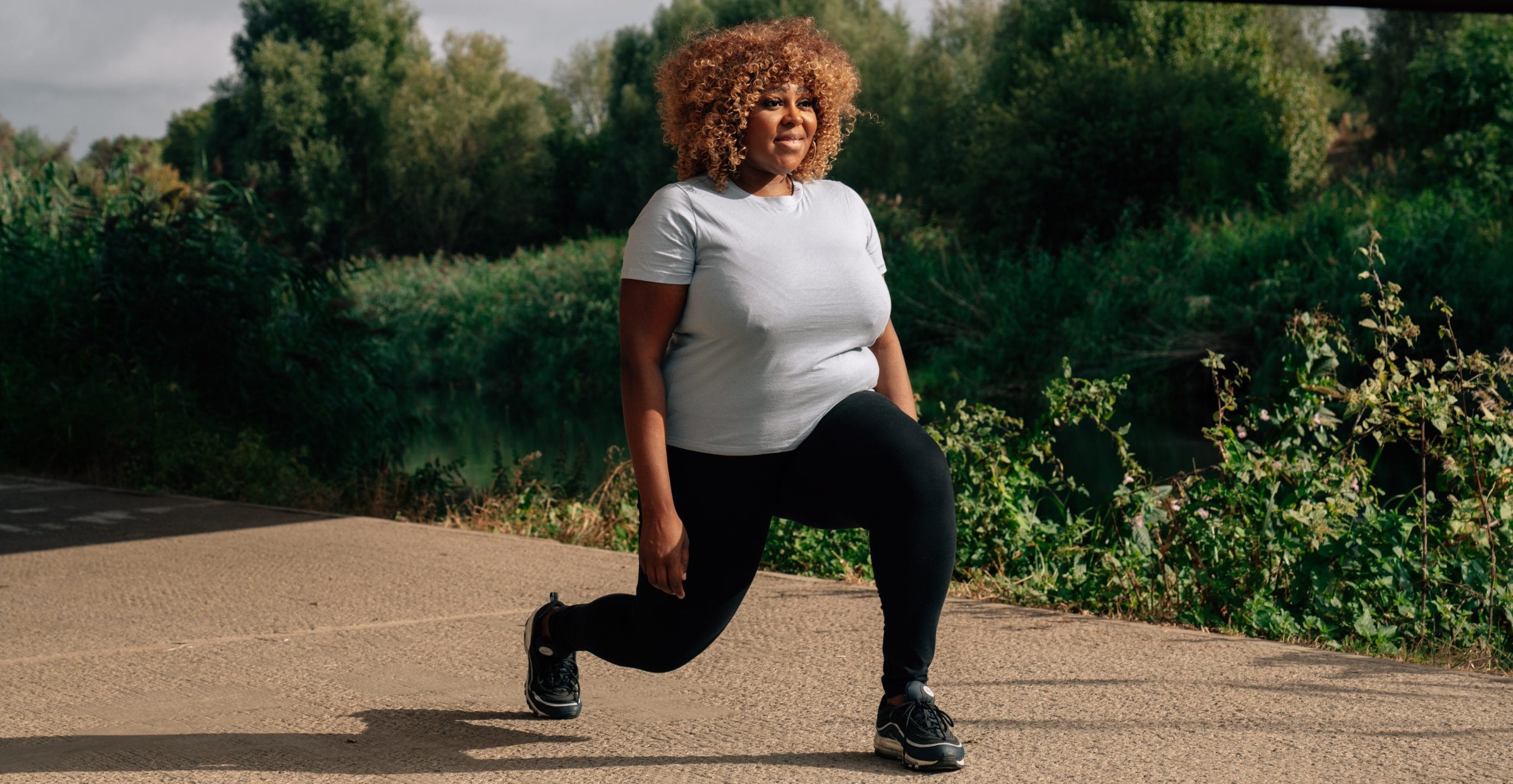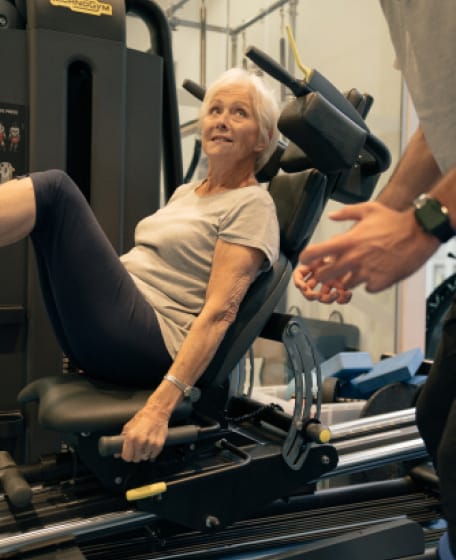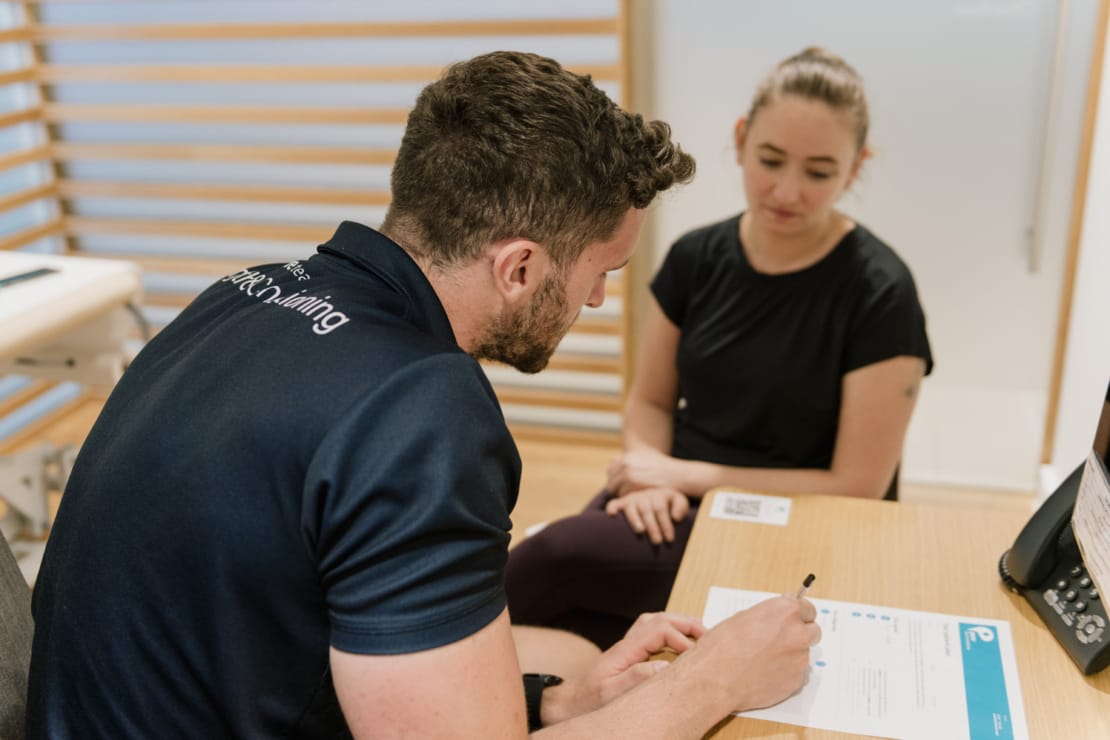Combatting COVID Inactivity: Prioritise Exercise for Better Health

Claire Small
Chief Clinical Officer & Consultant Physiotherapist
- 12 March, 2021
- covid-19
- Exercise
- 3 min read
Combatting COVID Inactivity: Prioritise Exercise for Better Health

For all of us our lives’ have been greatly affected by COVID-19 and the huge impact this has had on our lifestyle. With ‘stay at home’ restrictions and recommendations, many have had to begin or return to working from home, which has resulted in a substantial decrease in activity with evidence suggesting an approximate 30% increase in sitting time and a 30% reduction in physical activity (Ammar et al. 2020).
With risk factors for serious illness from COVID-19, including cardiovascular disease, diabetes, obesity and high blood pressure, being linked to reduced physical activity, the associated drop-in activity isn’t a positive shift! Physical inactivity itself has been linked to 3,000,000 deaths per year which is a staggering figure and evidence strongly links a physically sedentary lifestyle to a significantly increased risk for chronic disease (Hall et al. 2020).
In clinic we have seen many patients presenting with problems related to a substantial reduction in physical activity, with soreness and stiffness due quite simply to a lack of movement. This is even seen in cases where people are still doing several sessions of exercise in the week, but where cumulative movement on a daily basis has plummeted.
Step counts dramatically dropped with the loss of commutes and mid-day lunch run’s, and when sports teams and local leagues weren’t running, alongside the closure of gyms last year, so many lost their regular schedules that enabled them to keep more active. This caused its own set of problems and in the long term is detrimental to all aspects of health.
The benefits of exercise are multifactorial, with a positive effect on immune function, mental health, maintaining a healthy weight, increasing fitness and quality of life, and treating and preventing chronic illness.
Guidelines suggest that we should be doing 150-300 minutes of moderate to vigorous intensity physical activity per week.
This equates to five 30 minute sessions 5 times a week as a baseline. This can include activities such as household tasks like cleaning or gardening, as well as general movement during the day with the goal of sitting less and moving more, but should also include exercise that raises your heart rate.
This may seem like an insurmountable task when motivation is at an all-time low, so below are some simple tips on how to integrate more movement throughout your day:
- Set reminders to move hourly. A gentle nudge to get up from your chair, have a stretch and then sit back down. This will add movement to your day without being another ‘thing’ you have to remember.
- Ensure you are hydrated. Drinking lots of water will also mean that you need to have frequent breaks (and subsequently move more).
- If taking regular calls throughout the day that are not video based, can you take them standing? Or when appropriate, even get outside and walk while taking them.
- Rather than snoozing your alarm and rolling out of bed just in time for work, try to get up a bit earlier and get out on a pre-work walk to set you up for the day – see it as an equivalent to your ‘commute’.
- Team up with a friend for scheduled exercise outdoors. If lacking motivation, diarising an activity with someone else provides you with some accountability to get it done – and adds in some socialisation too!
As always, if you are experiencing pain that is not settling book a consultation with one of our specialists who will be able to give you specific treatment and advice.

Advice
Over the last 20+ years our experts have helped more than 100,000 patients, but we don’t stop there. We also like to share our knowledge and insight to help people lead healthier lives, and here you will find our extensive library of advice on a variety of topics to help you do the same.
OUR ADVICE HUBS See all Advice Hubs

